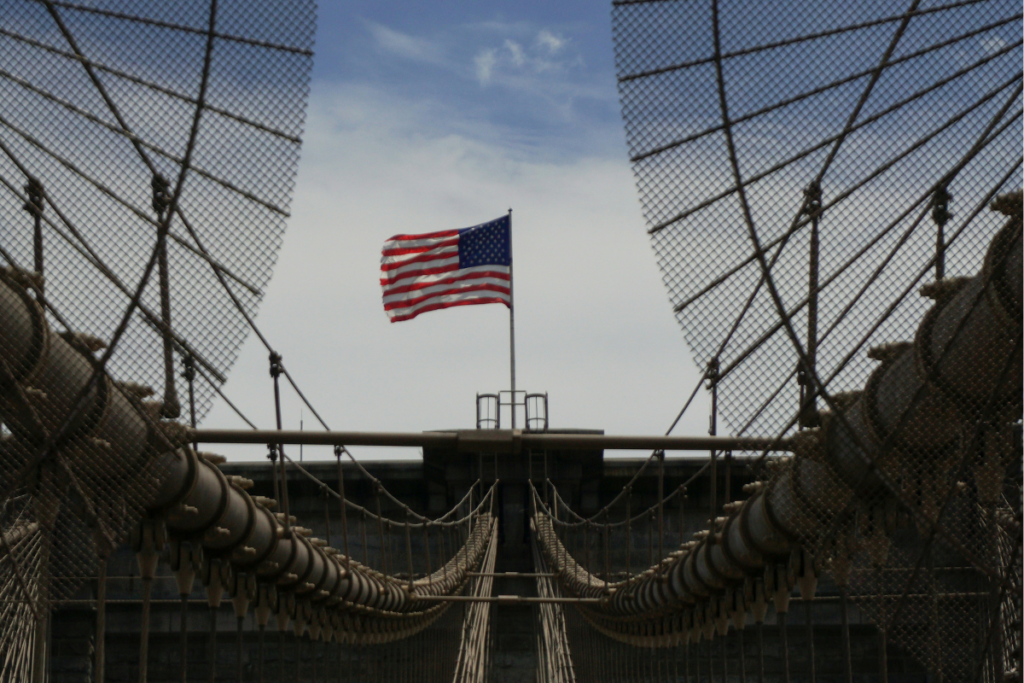Inflation will not go gentle into that good night. The September Consumer Price Inflation (CPI) report came in “hot” – meaning prices rose faster than forecasters expected – and financial markets are reacting negatively.
Overall, the CPI index rose 8.2% year-over-year, which is down slightly from recent months, primarily because of falling gasoline prices. The less volatile “core” CPI index – which strips out food and energy prices – was decidedly worse, rising 6.7% from a year ago. That “core” increase is a 40-year high – not good at all on the surface, but it’s worse when you dig in.
Yes, to date inflation has mostly been driven by two types of shocks: (1) snarled global supply chains and the subsequent bottlenecks in shipping, or (2) higher energy and commodity prices, exacerbated by the war in Ukraine. But those are (mostly) easing as of late. Prices for vehicles and gas continue to fall.
Yet, just as durable goods prices plummet, shipping cost decline, and commodities ease up, inflation is getting worse elsewhere. Services prices are picking up, as inflation seeps into a much broader swath of the economy. The services component of the CPI was up 7.4% year-over-year. This is not good at all.
What it means is that the Federal Reserve will likely keep hiking interest rates higher and for longer. The yield (or interest rate) on U.S. Treasury securities have shot up higher following this CPI report. Higher baseline interest rates for safe assets like Treasuries means higher rates for consumer borrowing – like mortgages, car loans, and credit cards. That is likely to slow economic growth further, possibly leading to a recession in 2023.
It’s not all bad, though. Inflation expectations remain well-anchored despite this stubbornly high inflation. The New York Fed’s Survey of Consumer Inflation Expectations shows that 1-year and 3-year ahead measures have come down over the last few months. What this means is that everyday people still have confidence the Fed will eventually bring back price stability.
In summary, the September CPI was ugly, even as the headline inflation rate fell on the month. That is because price increases were surprisingly high for services; and services-producing activity is a far larger share of the U.S. economy than goods-producing activity. Expect higher interest rates further into 2023, more pain in the form of slowing economic activity, and perhaps a likelier chance of a recession.







